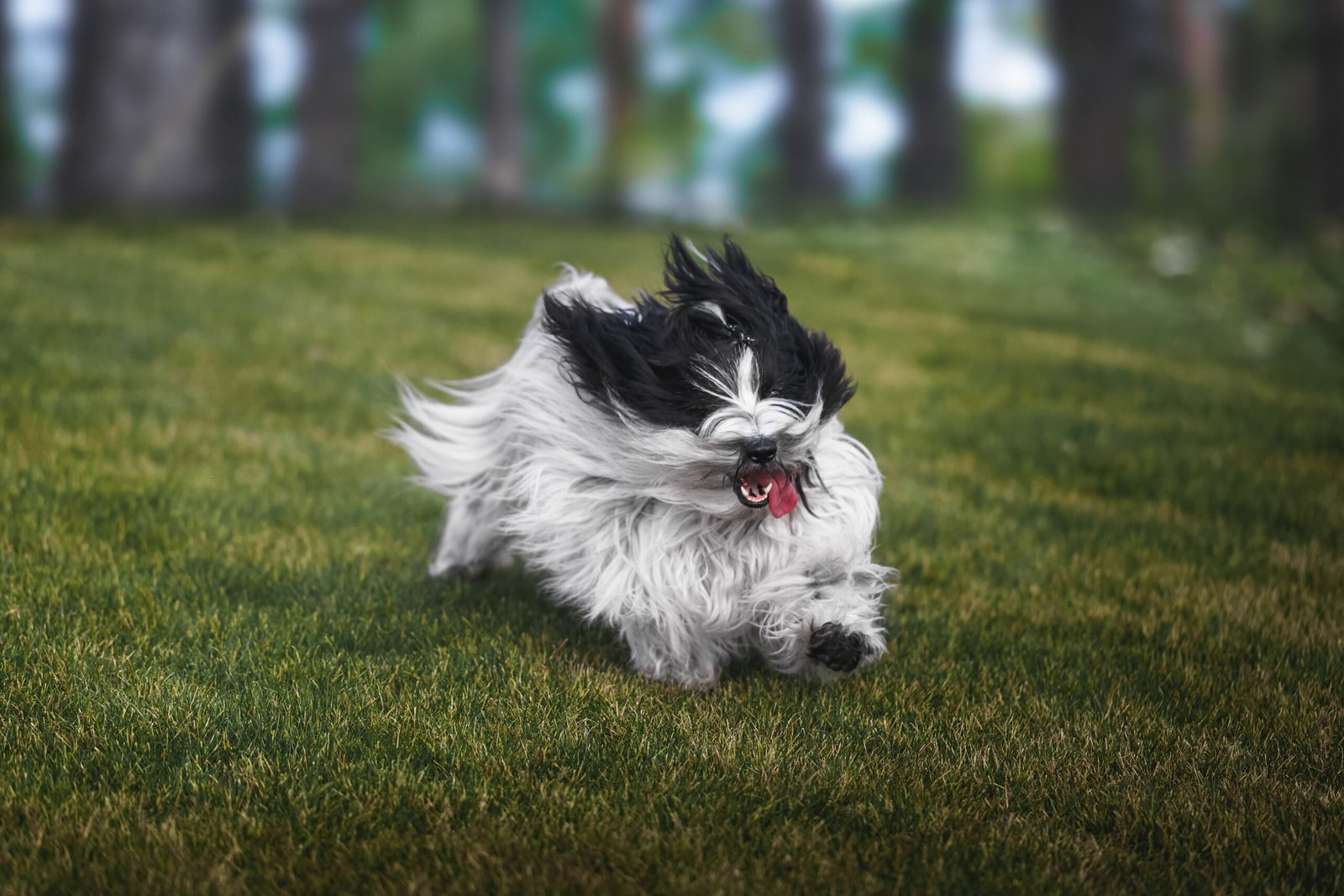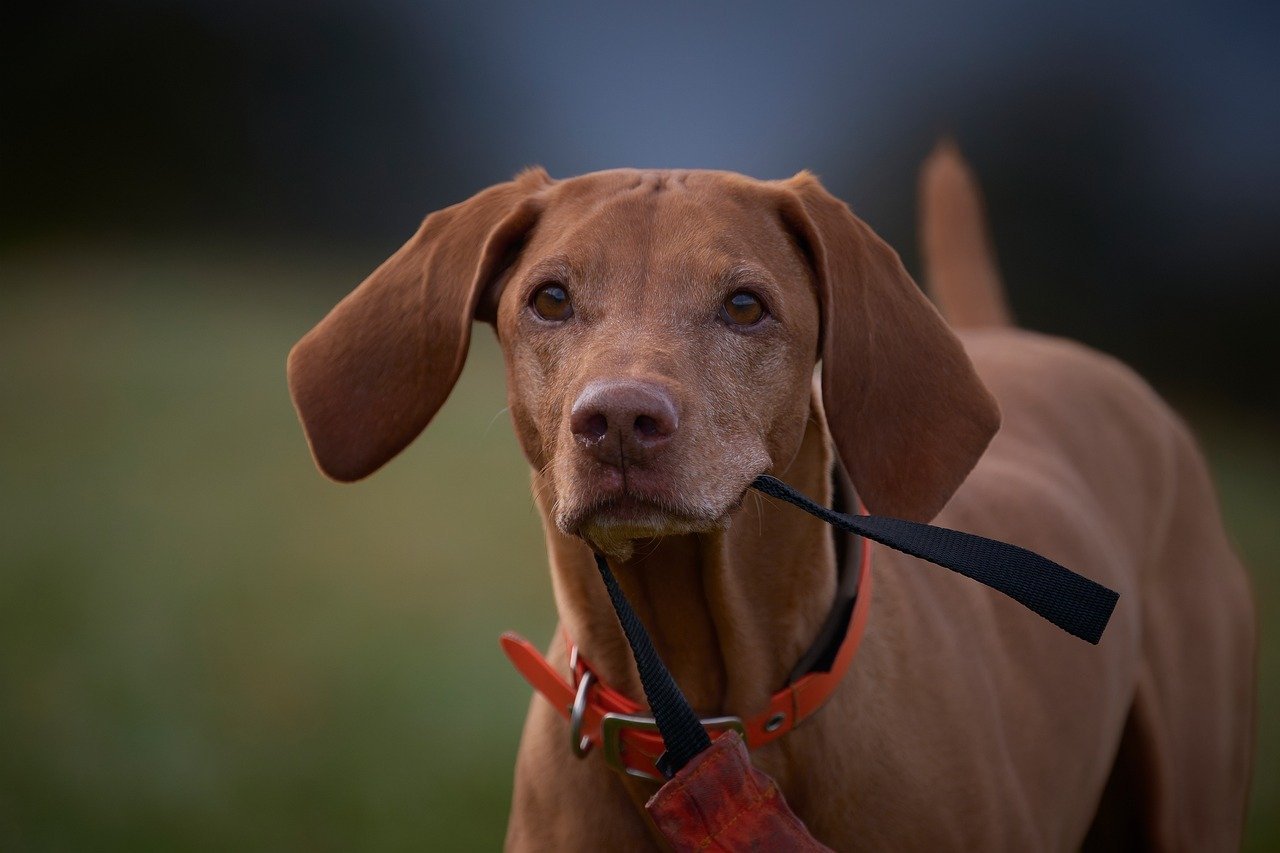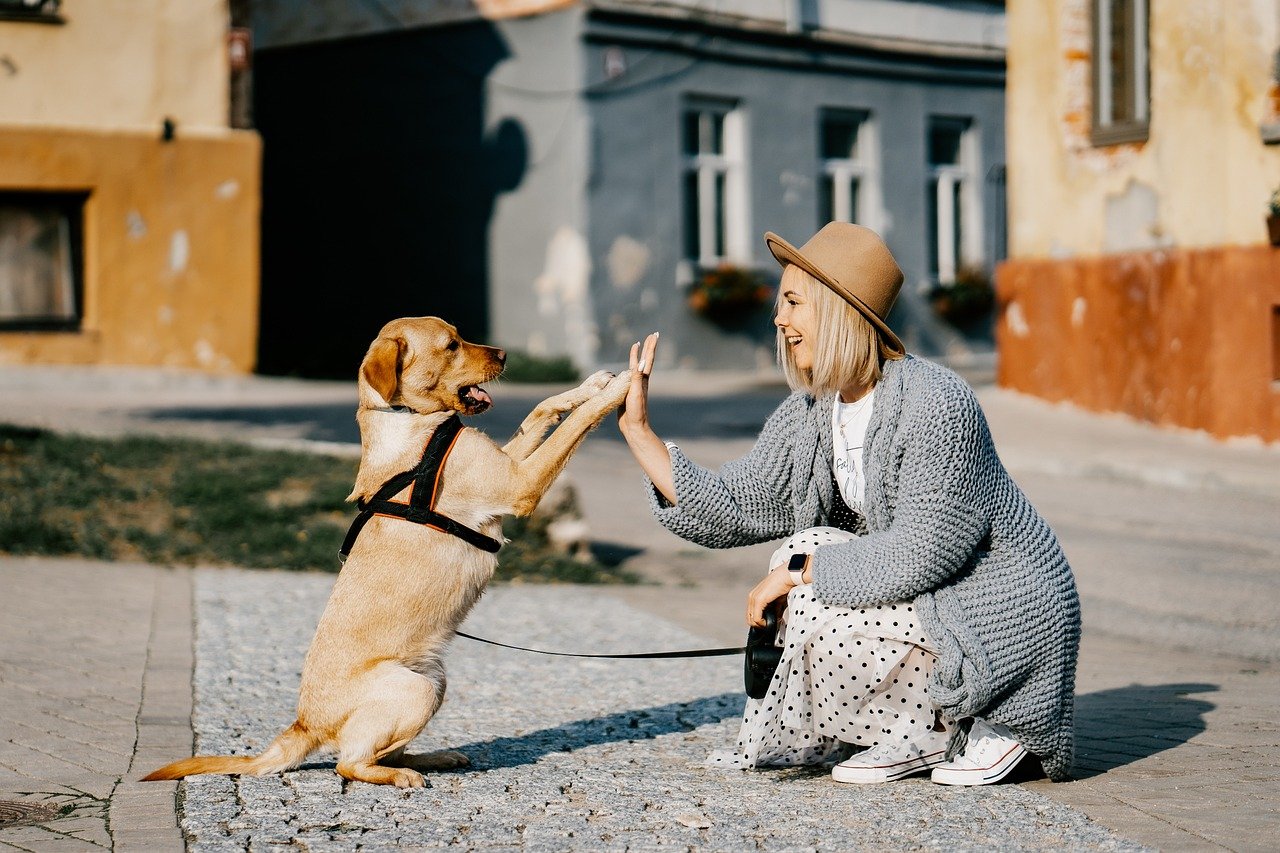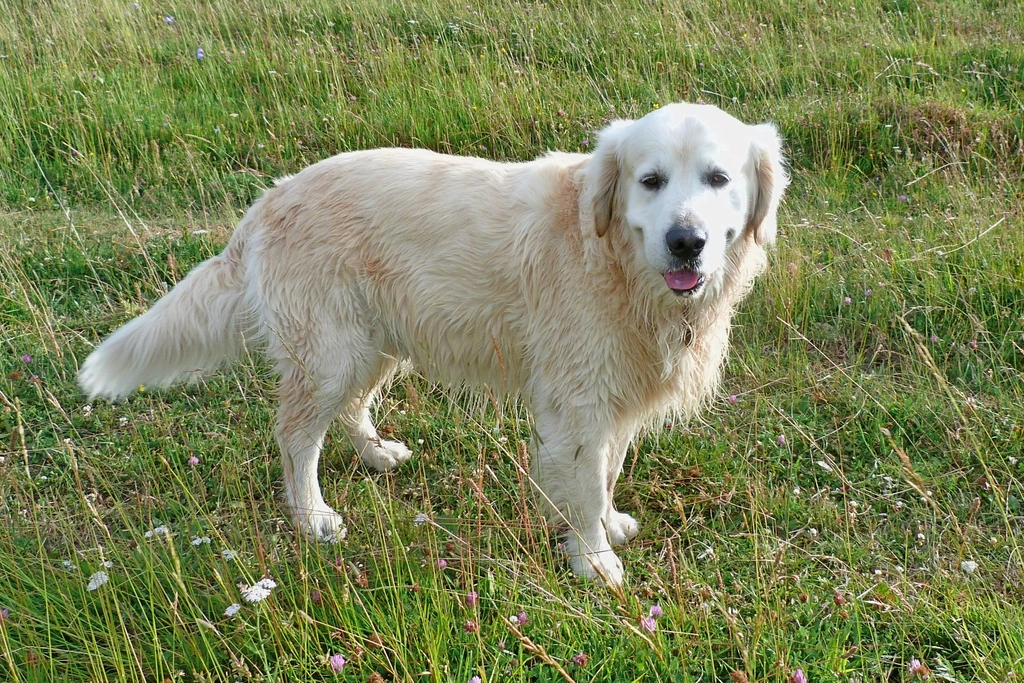Have you ever looked into your dog’s eyes and wondered if they truly feel safe with you? The bond between humans and their canine companions is powerful, but it’s not just about walks, treats, and belly rubs. Creating an emotionally safe space for your dog is a deeply rewarding act of love—one that transforms not only their life, but yours as well. Imagine a home where your dog’s tail wags with pure joy, where anxiety melts away, and trust blooms. Let’s explore the heartwarming signs that show you’ve built a sanctuary of safety and trust for your furry best friend.
Creating a truly safe space for your dog isn’t just about toys and treats—it’s about how they feel around you. When your pup feels emotionally secure, they’ll show it in subtle but heartwarming ways, like soft eye contact, relaxed body language, and choosing to be near you. These little signs are a big deal—they mean your dog feels loved, understood, and totally at home. It’s not about perfection, but about building trust day by day. Let’s dive into the clues that say, “Hey, I feel safe with you.”
Your Dog Seeks You Out for Comfort
A clear sign of emotional safety is when your dog comes to you when they’re frightened, uncertain, or just in need of reassurance. Instead of hiding under the bed or cowering in a corner during a thunderstorm, your dog might nuzzle into your lap or press close to your side. This shows they see you as their safe haven—their anchor in a stormy sea. When a dog chooses you for comfort, it’s a testament to the trust you’ve built together. They know you’ll protect them, not scold or ignore their fear. Just like a child running to a parent after a nightmare, your dog’s instinct to seek you out speaks volumes about how safe they feel in your presence.
Relaxed Body Language at Home
Dogs communicate so much through their bodies. If your dog lounges with their belly up, stretches out on their side, or even snoozes with their paws in the air, they’re telling you they feel completely at ease. Loose, wiggly bodies, ears in a natural position, and soft eyes are all signs your dog isn’t on high alert. This relaxed posture is something you’ll see more and more in a home filled with love and security. Think of it as your dog’s way of letting their guard down—like a person dozing off on the couch after a long day, trusting that no harm will come their way.
Willingness to Try New Things
An emotionally secure dog is curious and open to new experiences. If your dog eagerly sniffs new toys, explores new rooms, or tries new treats without hesitation, it means they aren’t living in fear of punishment or pain. They feel safe enough to make mistakes and learn, knowing you’ll support them no matter what. This willingness is similar to a child trying out a new sport or hobby, confident that their family will cheer them on. A dog that bravely explores the world is a dog who knows their home is a safe launching pad.
Playfulness and Happy Zoomies

Play is the language of joy and safety for dogs. If your dog brings you toys, initiates games, or breaks into those hilarious, frantic “zoomies” around the yard, you’ve created a space where their spirit can truly shine. Dogs only allow themselves to be silly and playful when they’re not worried about danger or harsh reactions. This playful energy is contagious—you might even find yourself laughing and joining in. It’s a clear sign your home is a place where happiness comes naturally to your four-legged friend.
Healthy Appetite and Routine Eating
An emotionally secure dog eats well and on schedule. Fear or anxiety can make dogs lose interest in food or eat only when nobody’s looking. If your dog happily comes to their bowl at mealtimes, munches away with gusto, and even waits patiently for treats, they’re showing trust in their environment. Eating is a vulnerable act for animals—if your dog feels comfortable enough to eat in front of you, it means they know they’re safe from threats and surprises.
Comfortable Alone Time
Dogs who feel safe don’t panic when left alone for reasonable periods. Instead, they can settle down for a nap, play with toys, or simply wait by the door for your return. They trust that you’ll come back, and that nothing bad will happen in your absence. This ability to be alone without extreme barking, whining, or destructive behavior is a strong indicator of emotional security. It’s like a child who can confidently walk into school, knowing their guardian will be there at the end of the day.
Responding to Your Voice and Cues

When your dog listens to your voice, responds to their name, and follows basic cues, it’s more than just good training—it’s a sign of trust. They’ve learned that your words bring positive things, not anger or confusion. Your dog looks to you for guidance because they feel safe with your leadership. Imagine a dance where both partners move in sync; your dog’s response to your voice is a beautiful example of harmony built on emotional safety.
Minimal Signs of Stress or Anxiety
An emotionally safe space reduces signs of stress in your dog. You’ll notice fewer behaviors like excessive barking, compulsive licking, cowering, or hiding. Instead, your dog approaches life with calmness and confidence. Even in challenging situations, they recover quickly and look to you for reassurance. This resilience is a powerful reflection of the security you’ve provided—a foundation that allows your dog to weather life’s small storms with grace.
Trusting Interactions with Family and Friends

If your dog greets family members and trusted visitors with wagging tails and relaxed manners, it’s a sign they feel safe not just with you, but in the overall environment you’ve created. They aren’t suspicious or fearful of every new person; instead, they approach interactions with curiosity and confidence. This trust extends from the home’s emotional climate—your calm, loving attitude sets the tone for how your dog experiences the world. You’ve shown them that people can be kind and friendly, and they respond in kind.
Willingness to Be Handled and Groomed
Dogs who feel emotionally safe allow their humans to touch their paws, brush their fur, and even check their teeth without panic or resistance. If your dog sits calmly during grooming, snuggles up during nail trims, or rolls over for a belly rub, they’re showing ultimate trust. They know you won’t hurt them, and that grooming time is just another opportunity for bonding. This level of comfort is hard-won and incredibly precious—it means your dog feels truly at home in your hands.
Joyful Reunions and Affectionate Greetings

Few things are as heartwarming as the way a dog greets their loved ones. If your dog runs to the door, wiggles with excitement, or showers you with kisses when you come home, it’s a clear sign of emotional security. They’re not greeting you out of fear or desperation, but out of pure happiness. These joyful reunions are daily reminders of the deep trust you’ve built—a silent promise that your dog feels safe, loved, and utterly cherished in your presence.
Consistent, Calm Behavior in Everyday Life

A dog who feels emotionally safe will show consistent, predictable behavior day after day. They won’t dramatically shift from calm to anxious without reason. Instead, you’ll notice a steady rhythm to their actions—a peaceful predictability that speaks to a secure environment. This calmness is a gift for both dog and owner, making home life smoother and more joyful. It’s the quiet confidence that comes from knowing every day brings kindness, safety, and love.
When your dog feels emotionally safe, it shows—and it’s one of the most rewarding parts of being a pet parent. Those quiet moments of trust, comfort, and connection mean you’re doing something right. It’s not about having all the answers—it’s about showing up with love and consistency. Keep reading those little signs, because to your dog, they mean everything. What would your dog say if they could speak—would they tell you how safe and loved they feel?

Esther is from India; the heartbeat of South Asia, holding a Master’s degree in Zoology and a postgraduate diploma in Animal Welfare. Her enthusiasm for animal welfare drives her passion and dedication to working for animals, ensuring their well-being, and advocating for their rights. With a solid academic background and hands-on experience, she is committed to making a positive impact in the field of animal welfare. In her free time, she enjoys embroidery and sewing. As a Chennaite from Tamil Nadu, Esther loves Bharathanatyam, an Indian classical dance form.





